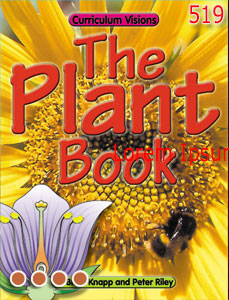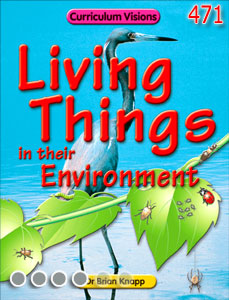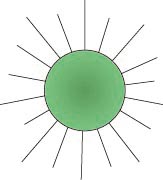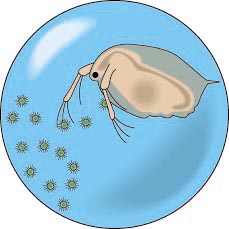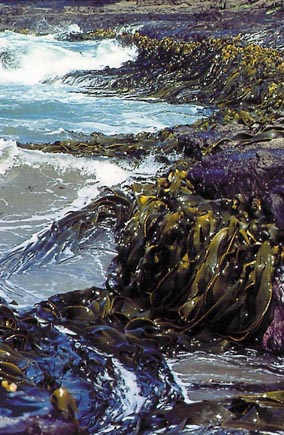Algae are the most common living things on Earth, existing in rivers, ponds and the oceans. Although most of them are so small that they can only usually be seen with a microscope, a few are very large. Seaweeds, for example, are large algae.
Many algae are very tiny and can only be seen under a microscope. If there are huge numbers of them in pond water their millions of green bodies turn the pond water green.
Algae also make the bright green covering seen on the bark of trees.
Some algae found in ponds and slow moving rivers may have bodies in the form of long threads. They make the slippy green slime on the rocks.
Some algae live together with fungi and form lichens which can survive high on mountains as well as in woodlands in the valleys.
(Note:
Algae used to be grouped with plants because they have the green colouring material called chlorophyll in their bodies and they make food from sunlight, air and water. Today, however, they are put in a group on their own because they have many differences to plants.)
